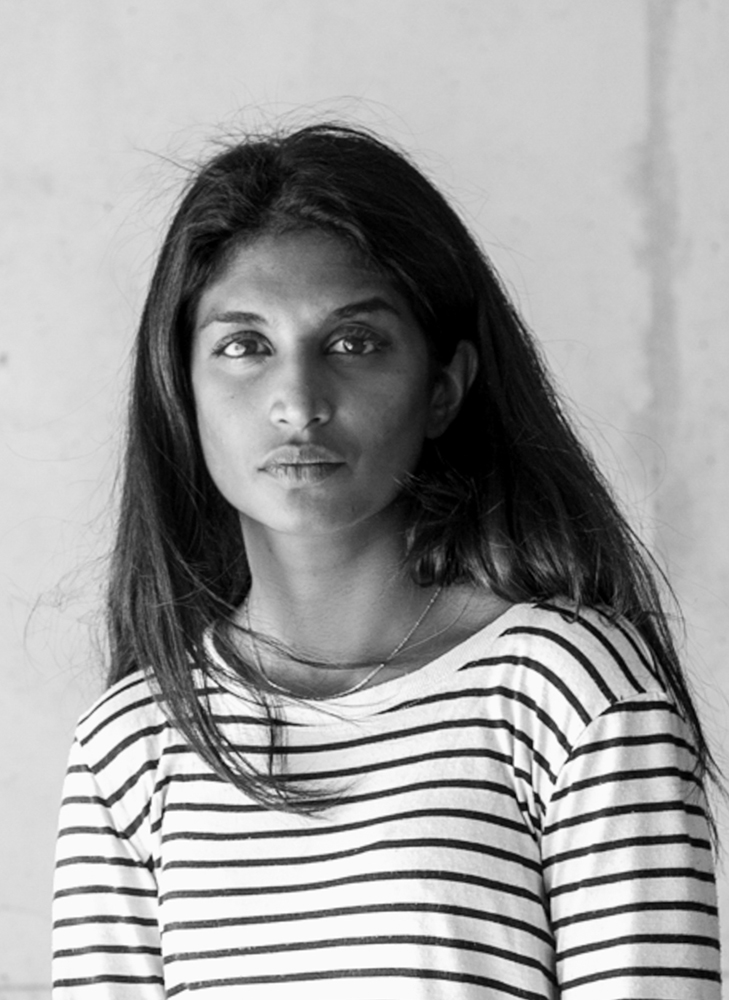Freelance photojournalist based in Paris, graduated in photojournalism from the DU Photodocumentaire et écritures numériques of the University of Perpignan and a DNSEP (Master II) of the ENSA of Bourges and a first year at the ENSA of Nice (Villa Arson).
Alongside these trainings, she has worked for 18 years as a social worker.
During these experiments, the impact of the hospital practice instinctively pushed him to make photography and opened his interest in the documentary form.
Her work lies between art and information.
Through her photos, she wants to tell stories about social exclusion and lived territories.
She has worked for Le Monde, published in La Croix, Lens Magazine, L'Oeil de la Photographie, Vice, News From Photographers, Equal Times, Reporterre, Libération, Slate, Géo Ado, Axelle Mag, Géographical, NRC, le Vif, Afrique XXI/6 mois, Médiapart and Der Spiegel.
